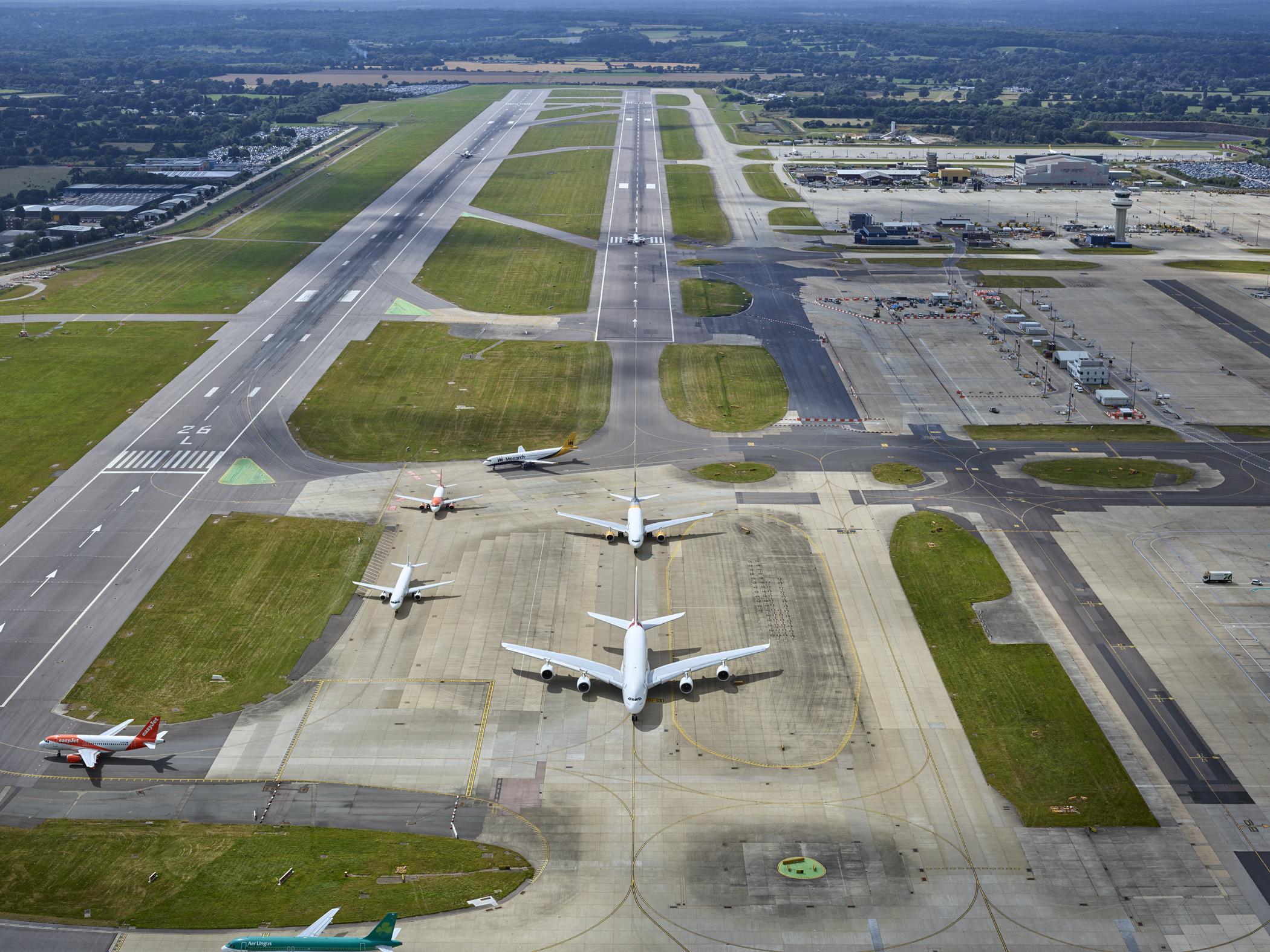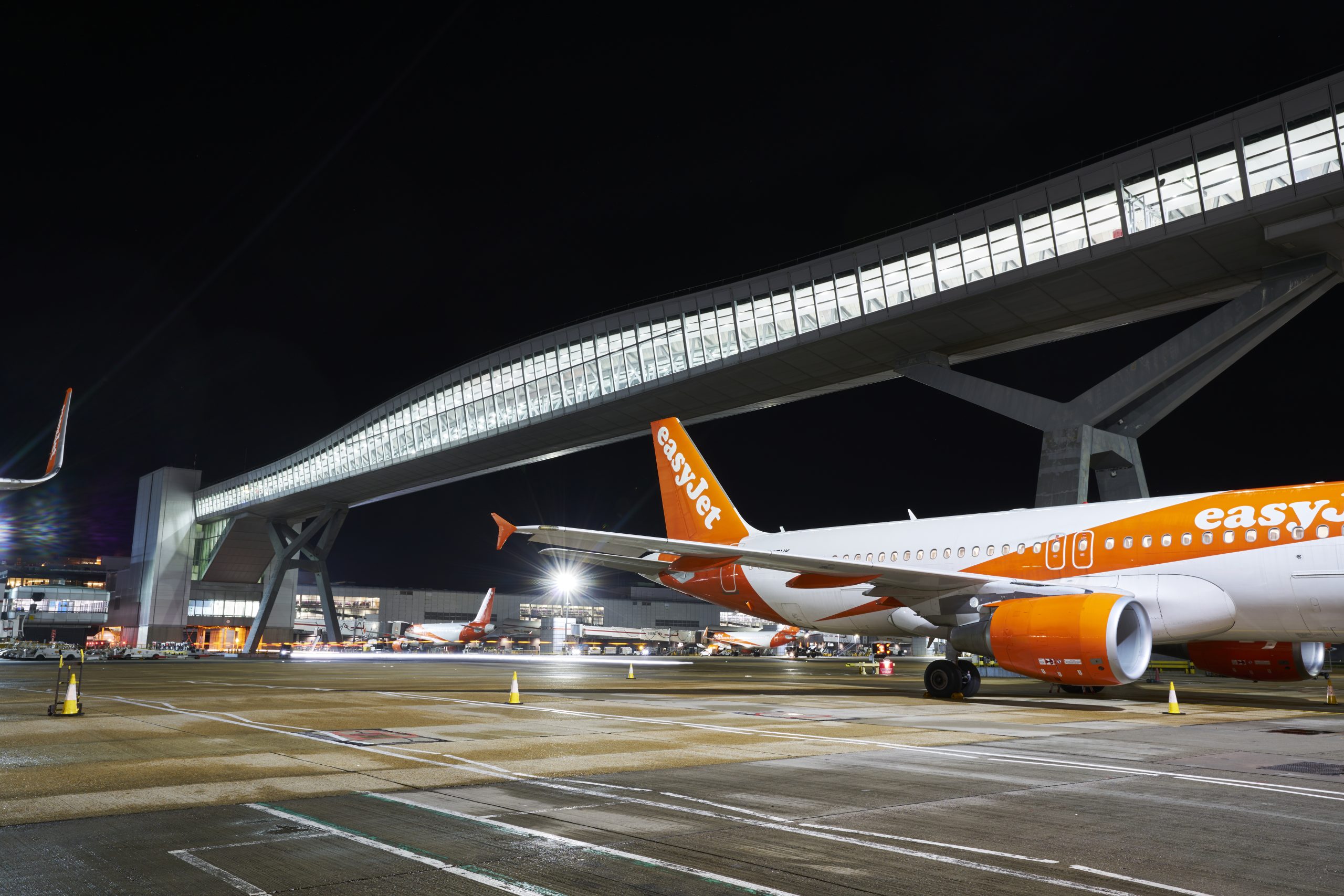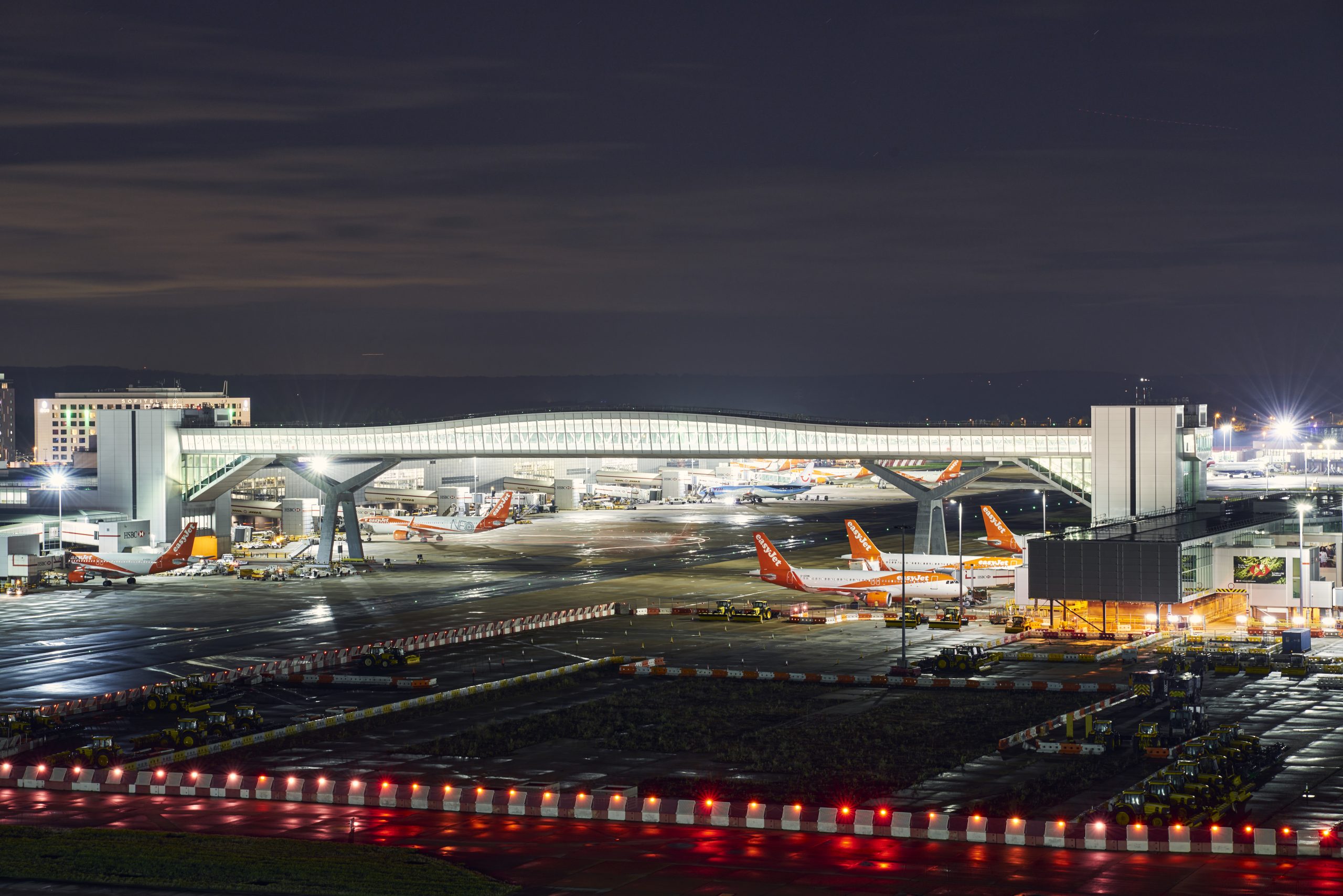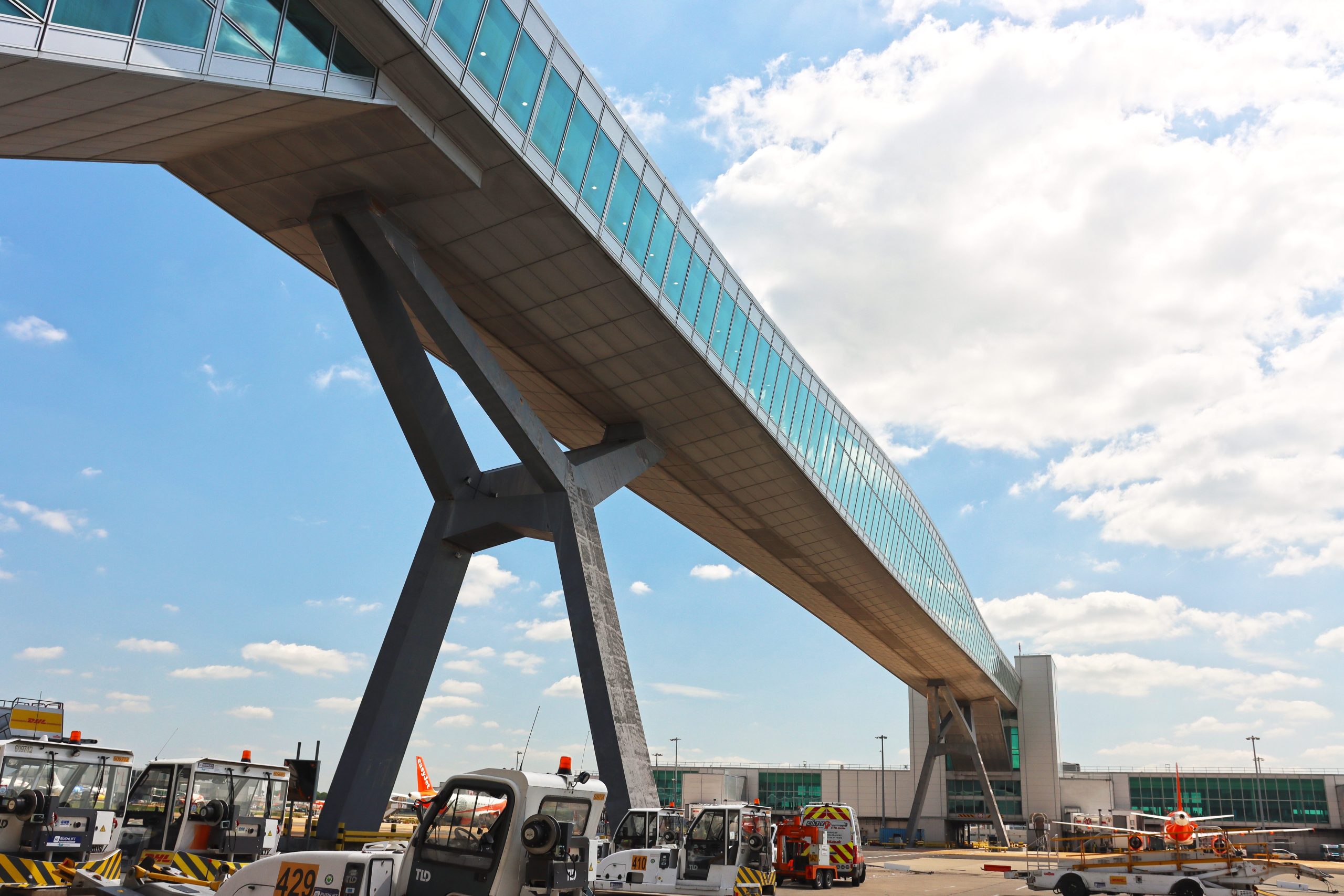London Gatwick’s plans to become dual-runway airport move ahead
- Like
- Digg
- Del
- Tumblr
- VKontakte
- Buffer
- Love This
- Odnoklassniki
- Meneame
- Blogger
- Amazon
- Yahoo Mail
- Gmail
- AOL
- Newsvine
- HackerNews
- Evernote
- MySpace
- Mail.ru
- Viadeo
- Line
- Comments
- Yummly
- SMS
- Viber
- Telegram
- Subscribe
- Skype
- Facebook Messenger
- Kakao
- LiveJournal
- Yammer
- Edgar
- Fintel
- Mix
- Instapaper
- Copy Link
Posted: 4 December 2023 | Tim Norwood | 1 comment
London Gatwick’s Chief Planning Officer, Tim Norwood, spoke to International Airport Review on the airport’s innovative, low-impact plans to improve resilience and increase airport capacity to benefit travellers.


CREDIT: JS, LONDON GATWICK AIRPORT
London Gatwick’s Master Plan
The title of the world’s busiest single-runway airport is one we at London Gatwick have been proud to hold over the years. However, as proud as we are of how efficiently and collaboratively our teams work to facilitate 55 movements an hour – and as creative as some of our solutions to maximise capacity are – there’s a limit to our growth. And we’ve now more or less reached that limit on our main runway.
That’s why, as part of the London Gatwick Master Plan in 2019, we set out proposals to bring our existing northern runway into routine use for departures, alongside our main runway.


Gatwick aerial view. CREDIT: JMilstein, LONDON GATWICK AIRPORT
This follows UK Government guidelines to make best use of existing infrastructure and was inspired by similar operations already in place at LA International and San Francisco Airports.
To make this plan a reality, one of the challenges we must overcome is moving our northern runway’s centre line by 12 metres. This would allow us to meet international safety standards and enable simultaneous use – known as dual runway operations. All airfield works will take place within the existing airport boundaries, making the project not only innovative, but also low impact.
Since the initial plans were laid out in 2019, we have completed two statutory public consultations, which have seen our proposals amended to incorporate feedback received. And we are now ready to press ahead. Over the summer, the Planning Inspectorate (PINS) accepted our Development Consent Order (DCO) for examination – a period of public scrutiny by independent inspectors.


CREDIT: LONDON GATWICK
As part of the pre-examination period, we have given all interested parties the opportunity to register their interest to provide their views.
This examination process is likely to take place during early 2024, with a final decision made by the Secretary of State, expected later next year. Should our plans be approved, we expect our northern runway to be ready for routine use by the end of the decade.
Our innovative and exciting plans will deliver a range of benefits including:
- Additional capacity: by bringing the existing northern runway into routine use, London Gatwick will be able to add additional hourly aircraft movements in peak times, using existing flightpaths. It is predicted around 75 million passengers would travel through the airport each year by the late 2030s – an increase of 61% on 2019 numbers – with an annual limit of 386,000 commercial air traffic movements
- Operational resilience: unlocking extra capacity will help London Gatwick continue to provide good levels of service for passengers and airlines. This will also add further resilience to the wider system of London airports
- Enhanced competition: additional capacity will provide further opportunities for airline innovation and passenger choice, increasing the number of destinations and building on the positive impact that competition has already made to airport users’ experience
- Economic growth: the northern runway plans are forecast to inject nearly £1 billion into the region’s economy every year and deliver an additional 14,000 jobs. New global connections will also create new business opportunities for the national and regional economy – air cargo, for example, is forecast to grow strongly, increasing from 150,000 tonnes in 2018/19 to around 305,000 tonnes by 2032.
- Similar noise footprint: the airport will commit to a legally binding noise footprint, which over time will reduce even though there are more flights. This is mainly because of the introduction of new, quieter aircraft technology which has already made a significant difference, with the airport’s noise footprint, reducing by 41% over the past 20 years. The airport will also introduce an enhanced noise insulation scheme for those properties most affected
- Minimal disruption: the northern runway plans will be privately financed and low impact. The majority of construction activity will take place within the existing airport boundary and the proposed road improvements will enhance access, as well as benefiting local road users.


Airfield Night shoot. CREDIT: JLambert, LONDON GATWICK AIRPORT
Continuing to invest in future sustainable growth
Alongside London Gatwick’s low-impact plans to bring our existing northern runway into routine use alongside the main runway, we have also recently published details of a six-year capital investment programme.


Pier 6 bridge & vehicles. CREDIT: JMilstein, LONDON GATWICK AIRPORT
This sets out significant improvements to develop and enhance airport infrastructure and facilities, while also meeting our sustainability goals. The programme has been consulted on and agreed with airlines, and includes:
- Investing over £250 million to meet the commitment to become a net zero airport by 2030 (for Scope 1 and 2 emissions), including replacing over 100 gas boilers
- A £120 million-plus extension to the existing Pier 6 in the North Terminal to provide eight new pier-served aircraft stands
- A £70 million programme to rehabilitate airport taxiways, with airfield resilience improved further with a new Rapid Exit Taxiway, reducing runway occupancy and aircraft taxi times
- A new £44.2 million, 3,250 space new multi storey car park in the North Terminal, due to open in Autumn 2024
- A £10-million pound-plus redevelopment of the North Terminal departure lounge, due to be completed by 2024.
There is so much potential for growth and opportunity with the investments London Gatwick Airport is making.
About the author


Tim joined Gatwick as Chief Planning Officer in February 2017 with responsibility for the development of the long-term masterplan and subsequently took on the role of Director of Corporate Affairs and Sustainability, creating a combined Directorate. He was previously Chief Planning Officer at EDF Energy with responsibility for securing consent for the Hinkley Point C Project and progressing the planning and environmental assessment work for nuclear new build at Sizewell. Prior to that, Tim held several planning roles in BAA at Heathrow and Stansted. Tim has also worked in local government and consultancy.
Tim is a member of the Royal Town Planning Institute. He has a Masters in Town Planning from the University of Newcastle upon Tyne and a geography degree from the University of London.
Related topics
Airport development, Economy, Emissions, Social responsibility, Sustainable development


















Where is the balanced editorial even EasyJet does not support a new runway at Gatwick